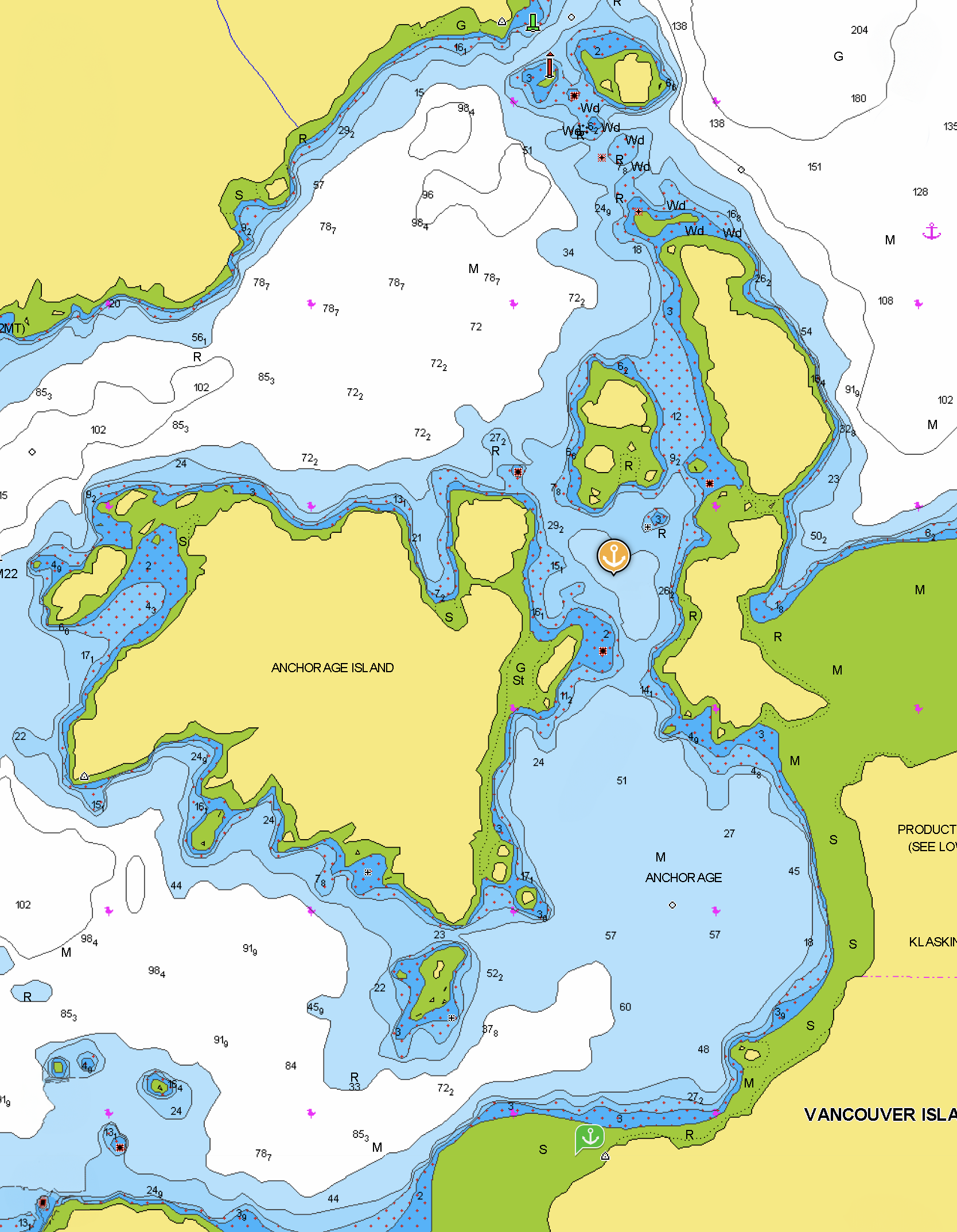Bodega Cove
/Before we headed for one of three anchorages in lower Tahsis inlet, I launched the drone to get a good look at Nuchatlitz at low tide. When you compare this video with the ones shot the previous day, the contrast is telling. Drying areas that extend right up the channel markers, back coves that are clearly only accessible at higher tides, and anchorage surrounding the main bay that shrink to one boat holes.
The day was grey and overcast. We passed a few fish farms and the old mission at Esperanza, and saw the Coast Guard “Cape Dauphin” as we exited the Tahsis narrows. The Cape Dauphin was traveling at warp speed, towing a search and rescue tender. We think they must have been doing a drill, as they’d slow way down, and then start back up again. Interesting.
And then it started to rain. Rather than pressing on to Santa Gertrudis, Karen picked Bodega Cove as our first anchorage to look at. It was reasonably attractive, not marred by logging and empty of other cruisers, so it became our home for the evening. The most interesting navigation element was the short transit of Princesa Channel.
Much is written about the “rocks” that populate this pass. They are well charted, but the visual picture is a bit confusing and there is some current. I slowed to a low cruise speed at 1000 rpm’s, which gave us plenty of rudder authority. More importantly, it reduced the size of our turning radius. This added maneuverability and the fact that a slower speed gives you more time to assess the situation and make adjustments really helps with navigation in tight and winding spaces.
Bodega Cove is accessed through a narrow but straight channel with plenty of water and no surprises, Anchor in 30 feet in the first large opening and you’ll swing with the tide in good holding and great protection from all directions. The weather and tide cycle timing kept us from exploring the inner cove this time.
Bodega Cove
Bodega Cove Not for navigation































